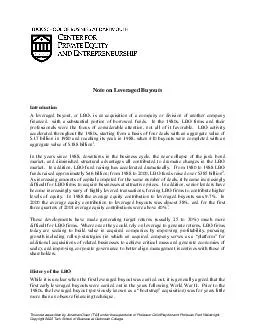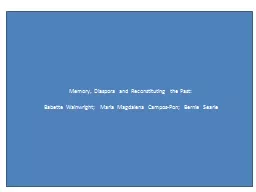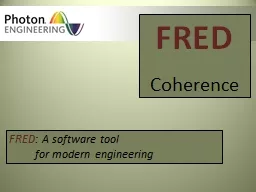PDF-This note was written by Jonathan Olsen T under the supervision of Professor Colin Blaydon
Author : phoebe-click | Published Date : 2015-03-02
Copyright 2002 Tuck School of Business at Dartmouth College Note on Leveraged Buyouts Introduction A leveraged buyout or LBO is an acquisition of a company or division
Presentation Embed Code
Download Presentation
Download Presentation The PPT/PDF document "This note was written by Jonathan Olsen ..." is the property of its rightful owner. Permission is granted to download and print the materials on this website for personal, non-commercial use only, and to display it on your personal computer provided you do not modify the materials and that you retain all copyright notices contained in the materials. By downloading content from our website, you accept the terms of this agreement.
This note was written by Jonathan Olsen T under the supervision of Professor Colin Blaydon: Transcript
Download Rules Of Document
"This note was written by Jonathan Olsen T under the supervision of Professor Colin Blaydon"The content belongs to its owner. You may download and print it for personal use, without modification, and keep all copyright notices. By downloading, you agree to these terms.
Related Documents














